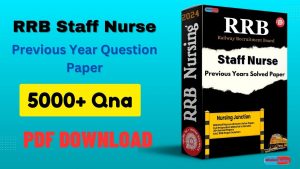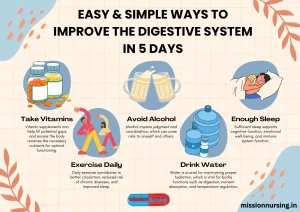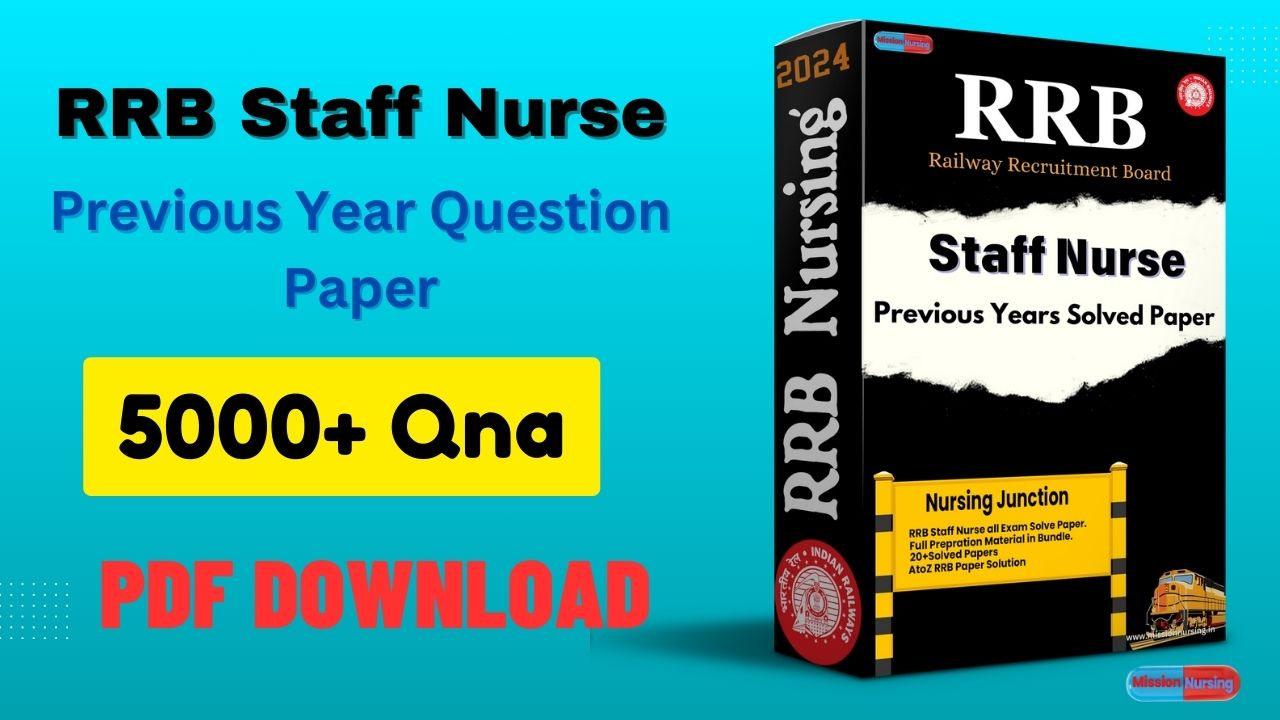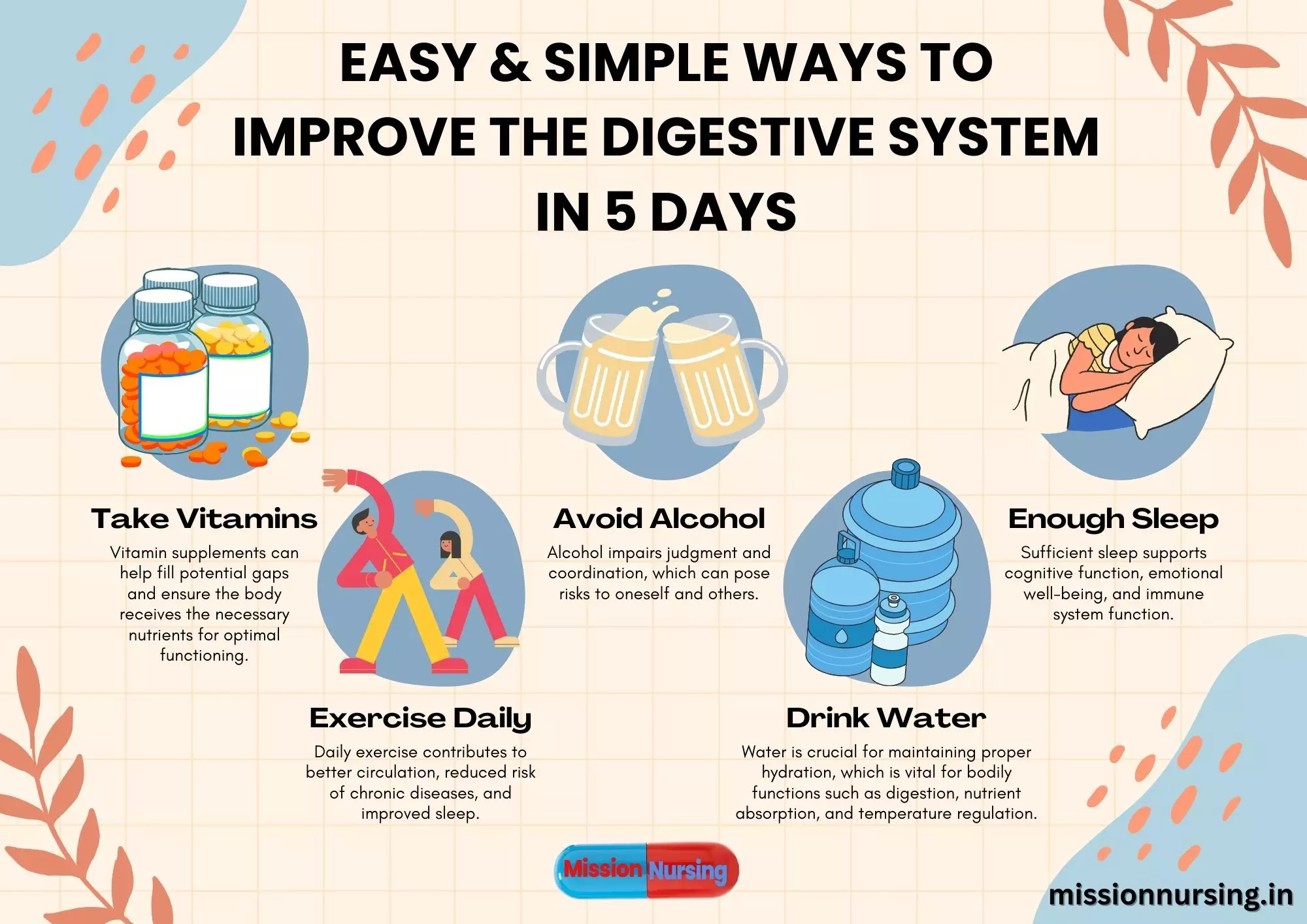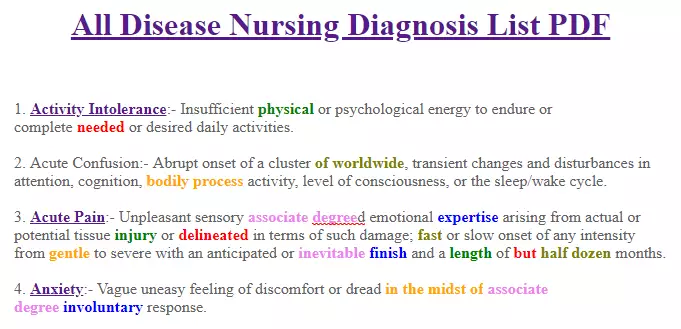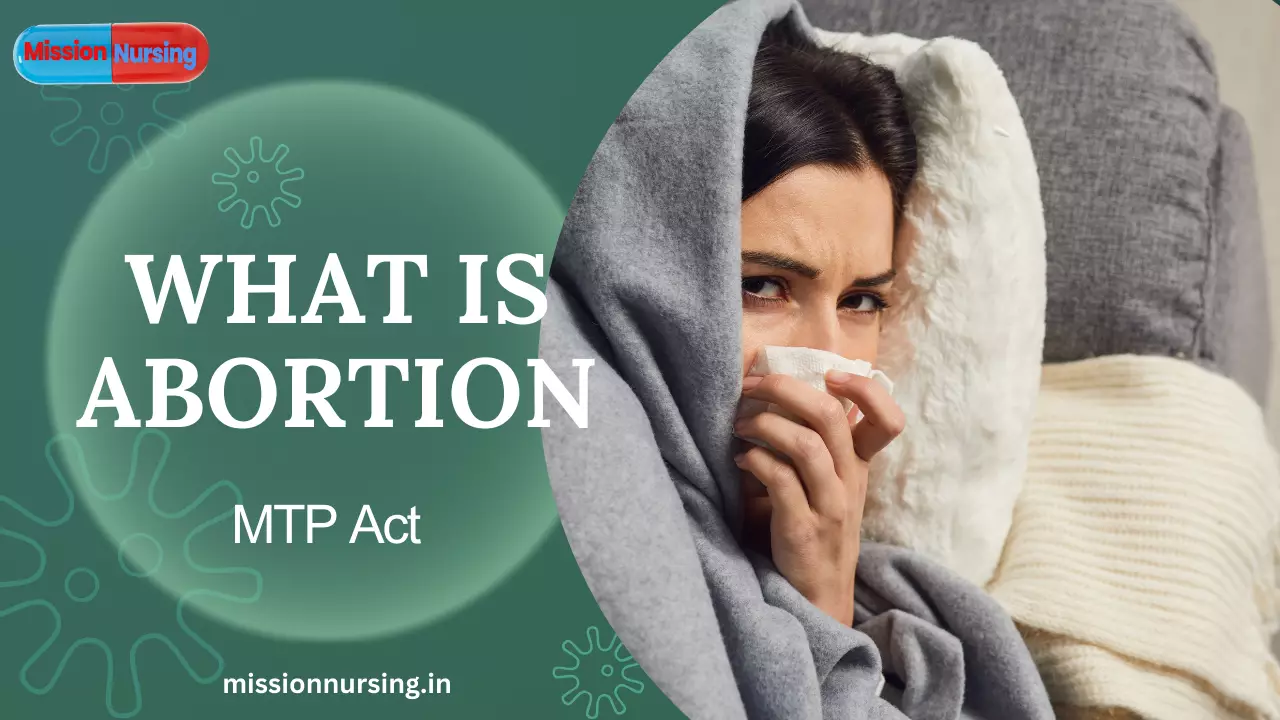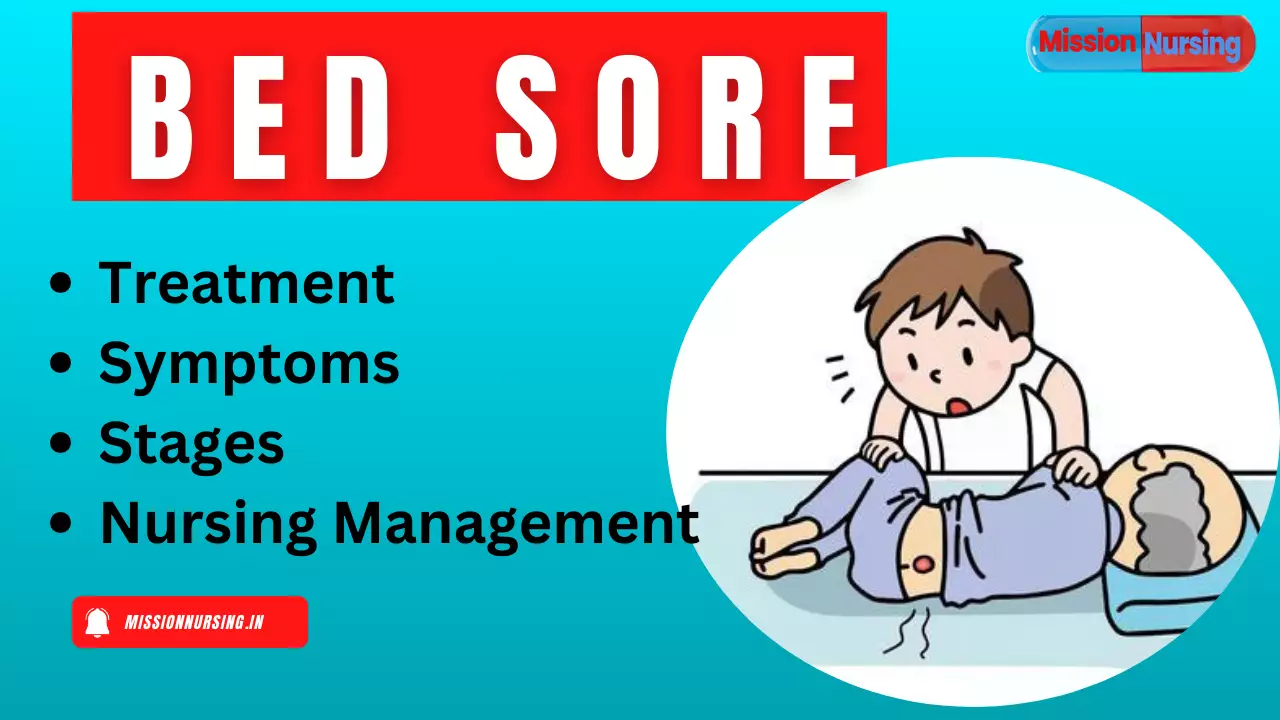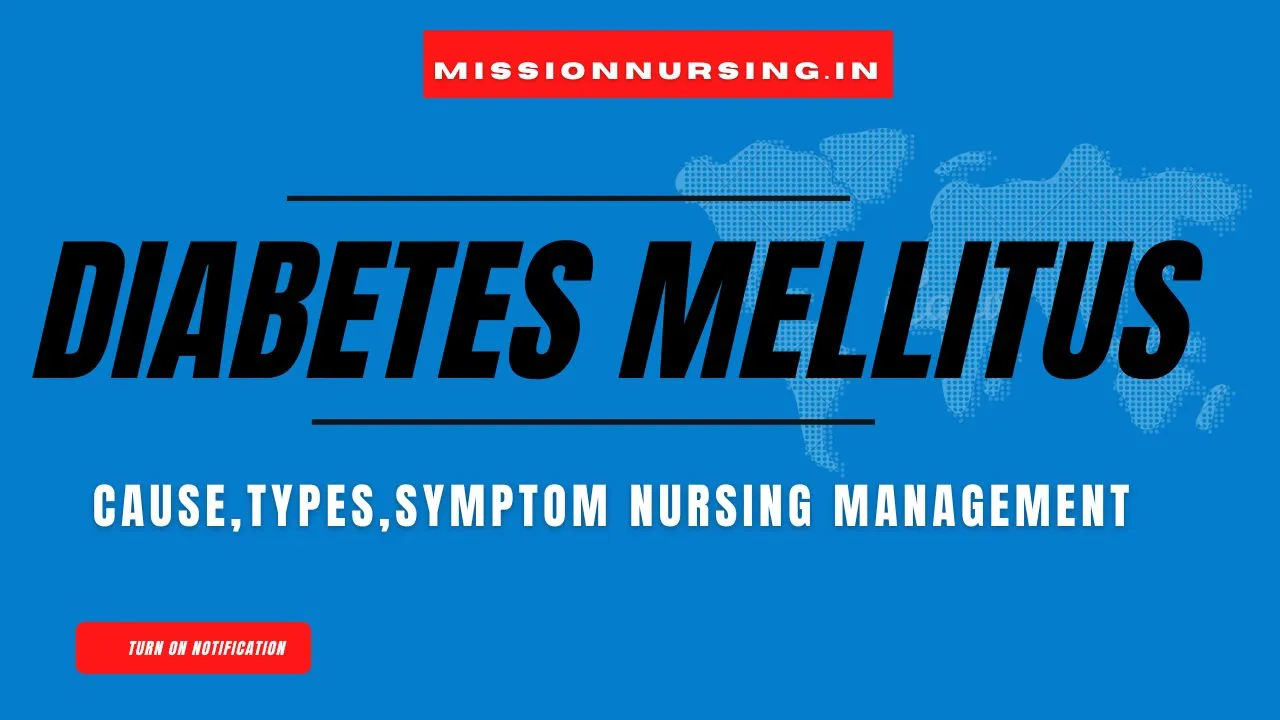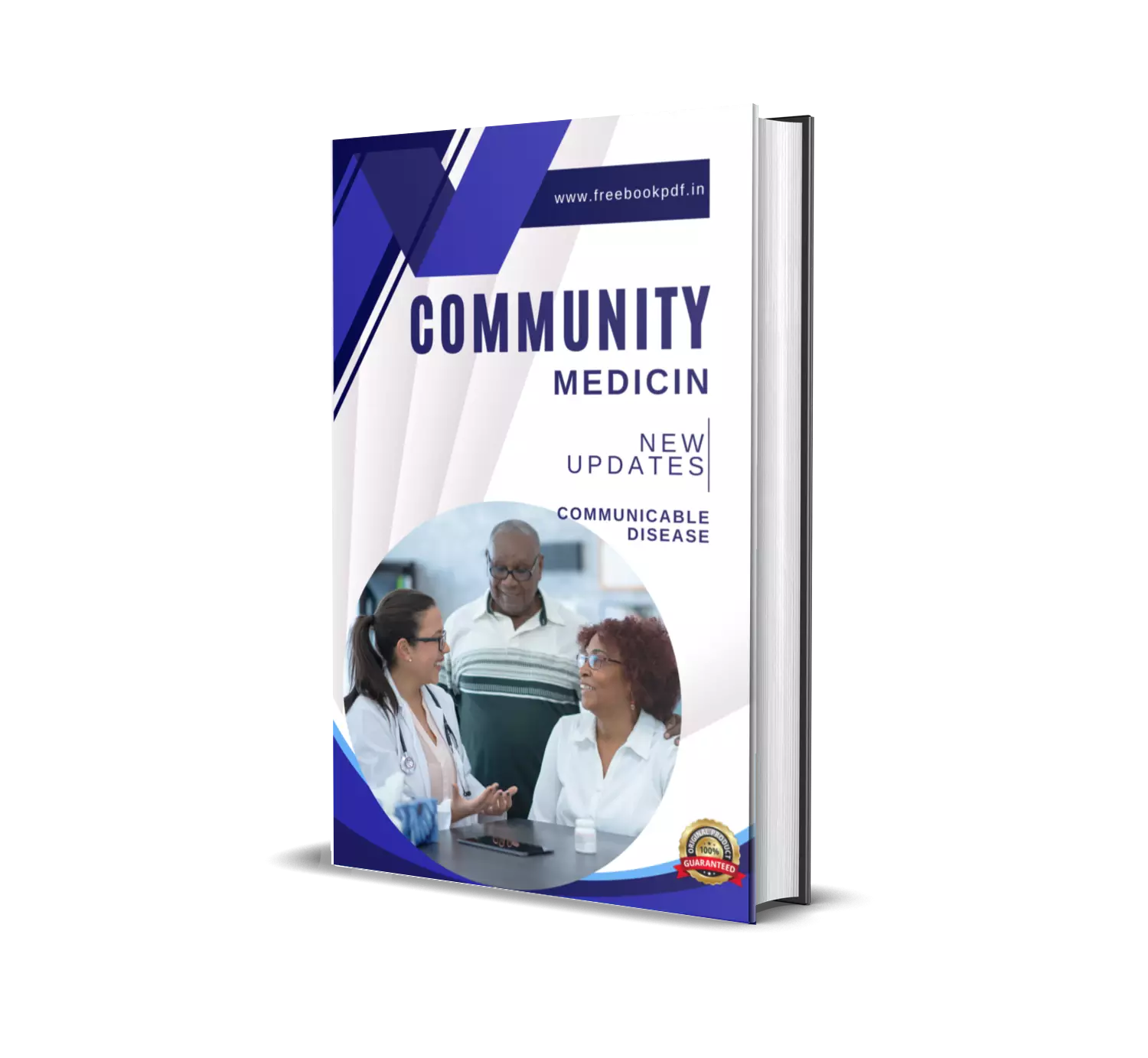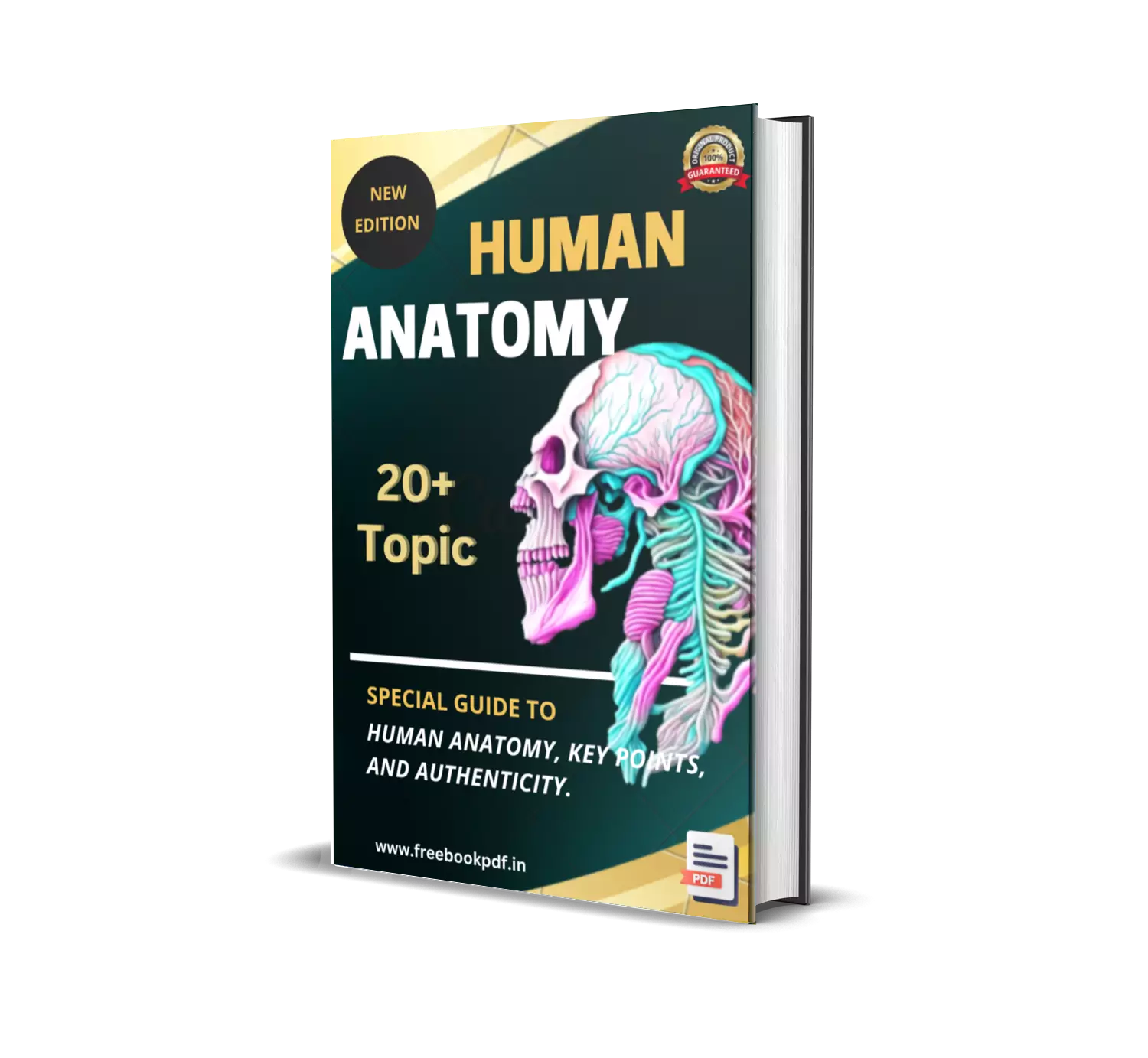What is Pancreatitis
The pancreas is a gland of the digestive system and endocrine systems. Pancreas endocrine and exocrine glands. The endocrine function of the pancreas secretes hormones and the exocrine function is a secret enzyme.
Pancreatitis Definition
Pancreatitis is acute and chronic inflammation of pancreas and is associated with injury to exocrine parenchyma. 80% of the exocrine gland of the pancreas is effective in pancreatitis. Pancreatitis is a disorder in which auto digestion of the pancreas.
Types of pancreatitis
- Acute pancreatitis
- Chronic pancreatitis
Acute pancreatitis
- Acute, sudden, severe inflammation of pancreas.
- Common cause of acute pancreatitis is auto digestion of pancreas by its own enzymes.
- Acute pancreatitis is associated with abdominal pain.
- Acute pancreatitis is a reversible disorder.
- 80% of acute pancreatitis is mild.
Chronic pancreatitis
- Chronic pancreatitis is a chronic, ongoing, progressive and irreversible inflammation of pancreas.
- Chronic pancreatitis causes destruction of fibrous tissue.
- Chronic pancreatitis is more common in male patients, onset 40 years old.
Cause of Pancreatitis
- Excessive drinking of alcohol.
- Idiopathic.
- Cholelithiasis ( gall bladder stone)
- Cholecystitis
- Pancreatic tumour
- Trauma to pancreas
- Peptic ulcer
- Hypercalcemia and hyperthyroidism
- Ischemic vascular disease
- Medication – Thiazide diuretics
- Steroids.
- Hyperlipidaemia.
Pathophysiology of Pancreatitis
Cause / risk factor
↓
Auto activation of the pancreatic enzyme (trypsin and lipase enzyme)
↓
Auto digestion of pancreas by activated enzymes
↓
Inflammation, injury, destruction, fibrosis
↓
Pancreatitis.
Pancreatitis symptoms
Acute pancreatitis symptoms
-
- abdominal pain – mild epigastria pain
- Upper left quadrant pain
- Sudden severe pain.
- Abdominal rigid and abdominal tenderness
- Abdominal distension
- Nausea and vomiting
- Fever
- Weight loss, weakness
- Anxiety and palpitation
- Hyperglycaemia
- Elevated WBC
- Tachycardia and dehydration
- Cullen sign
- Turner sign.
Chronic pancreatitis Symptoms
- Abdominal pain and tenderness.
- Steatorrhea (fatty stool)
- In digestion, flatus
- Weight loss, weakness, malnourished
- Diabetes mellitus
- Muscles wasting
- Jaundice.
Most signs of pancreatitis
Cullen sign – Discoloration of the abdomen and periumbilical area.
Turner’s sign – Bluish discoloration of the flanks.
Diagnosis of pancreatitis
- History collection and physical examination.
- Serum amylase and serum lipase (elevated).
- Urinary amylase (elevated).
- Abdominal USG.
- Endoscopic retrograde cholangiopancreatography (ERCP).
- CT- scan and MRI.
- Blood glucose test (hyperglycemia).
- Serum calcium (hypocalcemia).
- LFT, AST, ALT.
- X-ray.
Treatment of Pancreatitis
- The Administrator prescribed IV therapy.
- Maintain NPO.
- Use NG Tube, when a client is vomiting or has paralytic ileus.
Drug use in Pancreatitis
– Analgesic (meperidine)
– Nitro-glycerine – relax smooth muscles.
– Antispasmodic – (Bus Copan)
– Carbonic anhydrase inhibitor (acetazolamide).
– Antibiotics – for inflammation
– Antiemetic – for vomiting.
– Antacids – for neutralization of gastric HCL.
– Proton pump inhibitors (pantocid)
– Calcium administer – for hypocalcemia.
– H2 blocker (ranitidine).
Surgical in Pancreatitis
- Subtotal pancreatectomy
- Cholecystectomy
- Endoscopic retrograde cholangio pancreatogram.
- Pancreato jejunostomy.
- Necrosectomy.
Complication in Pancreatitis
- Cirrhosis of the liver.
- Cholecystitis.
- Acute respiratory distress syndrome (ARDS).
- Diabetes mellitus.
- Haemorrhagic shock.
- Jaundice
- DIC.
Nursing management
- Monitor vital signs and body weight.
- Nurses maintain fluid and electrolyte balance.
- Nurse examines diagnostic procedures.
- Provide IV fluid to maintain hydration status.
- Nurses provide parenteral nutrition in server cases.
- Provide comfort and rest to a patient.
- Administer meperidine analgesic for relief pain. (Morphine is contraindicated in pancreatitis).
- Instruct clients to avoid alcohol consumption.
- Instruct the client to avoid heavy meals.
- Insulin and hypoglycaemic agent administrator to treat DM.
- Assess pancreatic signs (Cullen and Turner sign).
- Provide low sugar food and vitamin A, D, E, K supplement.
- Educate about the importance of follow-up care.
Key Points
- Sweat gland in the body – Pancreas.
- Exocrine and endocrine glands in the body – Pancreas.
- Pancreatitis loss which type function of pancreas – Enzymatic function.
- Acute pancreatitis is associated with – Abdominal pain.
- The most common cause of pancreatitis – Cholithiasis.
- Abdominal pain site in pancreatitis – Left upper quadrant.
- Pancreatitis common sign – Cullen sign or Turner sign.
- Bluish discoloration of the flanks – Turner’s sign.
- Administer analgesic in pancreatitis – Meperidine
- Morphine is contraindicated in pancreatitis because – Spasm of sphincter of Oddi.
What is Sweat Glands?
Pancreas
Which type of pancreas gland
Exocrine and endocrine glands in the body – Pancreas.
What is the Most Common Couse of Pancreatitis?
Cholelithiasis.




